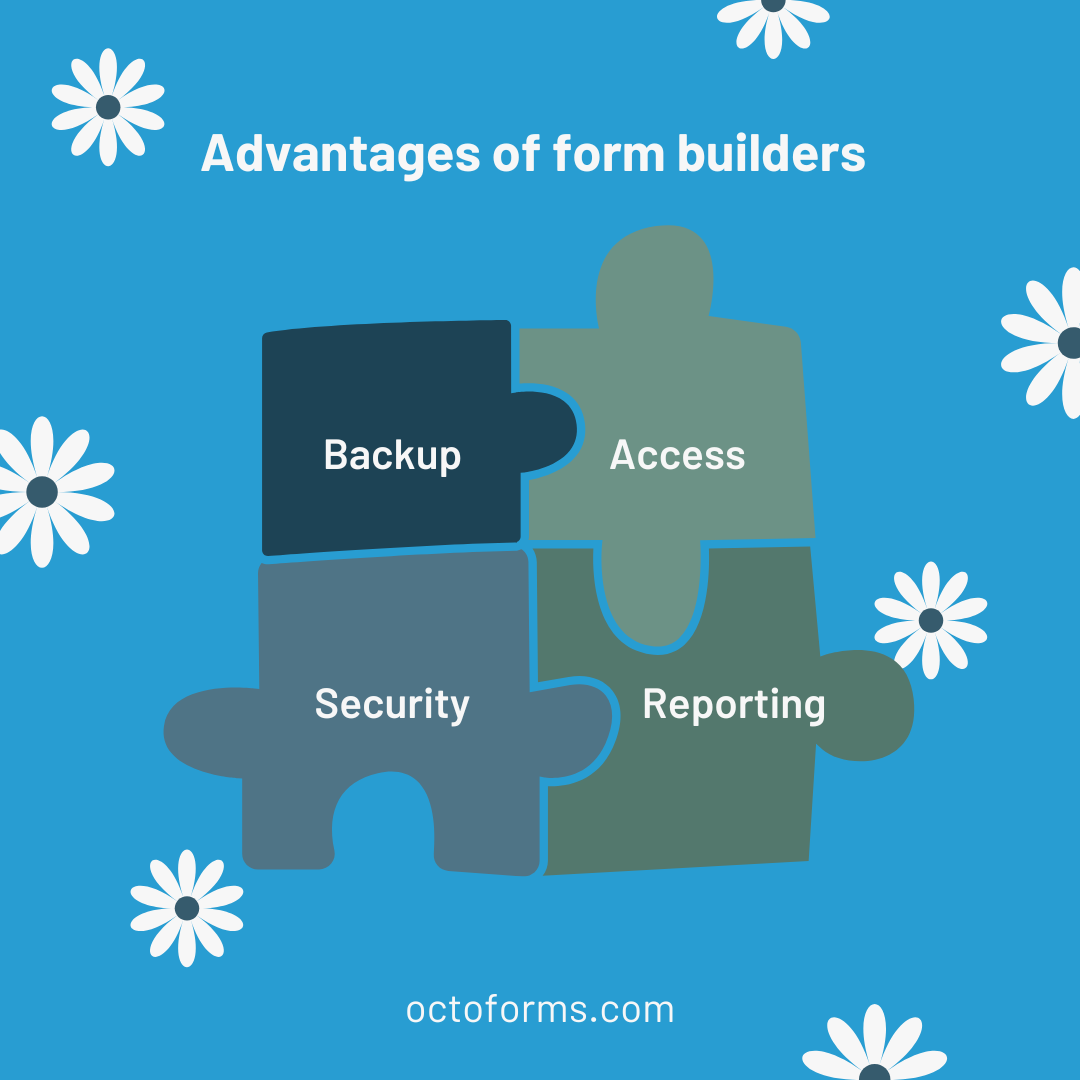Document management systems (DMS) are software solutions that help organizations manage and track electronic documents. DMS can help streamline document workflows, improve collaboration, and enhance security. Some features of a DMS include:

Document Management Systems
Document storage and retrieval
DMS allows documents to be stored in a centralized location and easily retrieved through a search function.


Version control
DMS allows tracking of document versions and revisions, ensuring that users are always working on the latest version.
Document collaboration
DMS allows multiple users to collaborate on a document, ensuring that all changes are tracked and visible to all users.


Access control
DMS provides different levels of access control to ensure that only authorized users can access sensitive documents.
Document security
DMS provides encryption and other security features to protect documents from unauthorized access or data breaches.

Dynamic Form Builders:
Dynamic form builders allow users to create and customize forms that can be integrated into websites or other applications. Dynamic form builders are easy to use and offer a range of features to improve form creation, management, and analysis. Some features of a dynamic form builder include:
Customizable form fields
Dynamic form builders provide a range of form fields that can be customized to match your requirements.


Drag and drop interface
Dynamic form builders offer a drag and drop interface that makes it easy to create and customize forms without any coding knowledge.
Responsive design
Dynamic form builders allow you to create responsive forms that can be accessed on different devices.


Form analytics
Dynamic form builders provide analytics that allow you to track form submissions and analyze user behavior.
Integration with other applications
Dynamic form builders can integrate with other applications such as CRM, marketing automation tools, or project management tools.

Summary
Both document management systems and dynamic form builders can help businesses streamline workflows, improve collaboration, and enhance productivity. By implementing these systems, businesses can save time and resources, reduce errors, and provide a better user experience for their customers.



